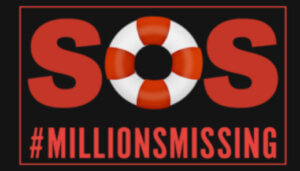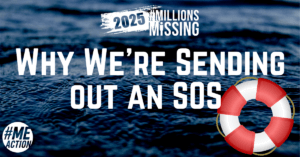Cort Johnson has a fascinating new post up about the rise and fall of Fibromyalgia funding over the last fifteen years – even less is spent per patient on Fibromyalgia research than ME and CFS. He thinks in the issue is an “advocacy gap”:
As funding for pain research increased, funding for FM research, however, has declined. Effective advocacy appeared to the pave the way for the increased activity at the NIH in the late 1990’s. The same was true earlier for ME/CFS.
The lesson may be that nothing can be taken for granted in the federal government for these disorders. The natural tendency for funding for them at this point may be to decline over time not increase. Both disorders have suffered significant declines in funding over time.
ME/CFS and FM advocates may need to hold the NIH’s feet to the fire in a way that has never have happened before. For ME/CFS a national group – committed entirely to advocacy – that follows trends closely, produces grades and advocates relentless for this community is probably a necessity if we want to really move forward. The same is probably true for FM.
The NIH has repeatedly shown that it’s a world apart. While funding for the Institute doubled funding for ME/CFS declined precipitously. Disease prevalence and economic losses apparently mean little or nothing to it. FDA approved drugs entice the agency to increase spending not at all. Even positive research findings appear to have little effect when ME/CFS and FM are concerned.
History suggests that consistent pressure from advocates and patients is required. Whether it will help us reach our goals is uncertain – there are no guarantees in this field – but it’s likely a necessary element.
[button_color url=”http://www.cortjohnson.org/blog/2015/08/01/how-fibromyalgia-got-to-be-the-worst-funded-disease-at-the-nih/” content=”Read the full analysis” target=””]




